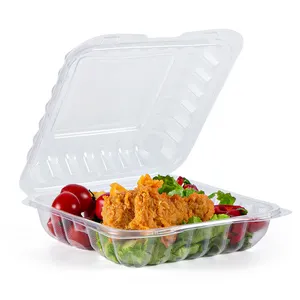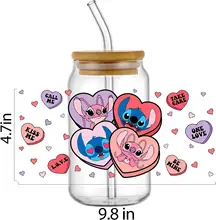Understanding Plastic Food Packaging Containers
Plastic food packaging containers are a staple in the food industry, offering versatile solutions for preserving, protecting, and presenting a variety of food items. These containers come in numerous shapes and sizes, tailored to accommodate an array of food products from noodles and bread to pizza and beyond.
Types and Applications
The range of plastic food containers extends to include specialized options such as disposable plastic food containers for single-use applications, plastic containers for cookies, and plastic ice cream containers. Each type serves a unique purpose, from plastic containers takeaway services to clamshell plastic containers that are perfect for secure product display.
Features and Materials
These containers are crafted from various materials, with some designed for durability and others for convenience. Plastic for food packaging often includes PET, PP, and HDPE, known for their strength and food safety. Features such as plastic lids enhance the functionality, providing airtight seals for freshness and spill prevention.
Design and Customization
Customization in food packaging is crucial for brand differentiation. Options like embossing and glossy lamination are available, allowing for a tailored appearance. The design of plastic food boxes can also include injection molding for precision and a glossy finish for aesthetic appeal.
Advantages of Using Plastic Containers
The advantages of using plastic containers rectangular or square in shape include efficient use of space and ease of stacking. Moreover, the lightweight nature of plastic food bags and containers makes them cost-effective when it comes to transportation.
Environmental Considerations
With a growing emphasis on sustainability, the industry is seeing an increase in demand for kitchenware plastic containers that are recyclable and eco-friendly. This shift is leading to innovations in materials and recycling practices, reducing the environmental footprint of disposable plastic containers.










































 浙公网安备 33010002000092号
浙公网安备 33010002000092号 浙B2-20120091-4
浙B2-20120091-4